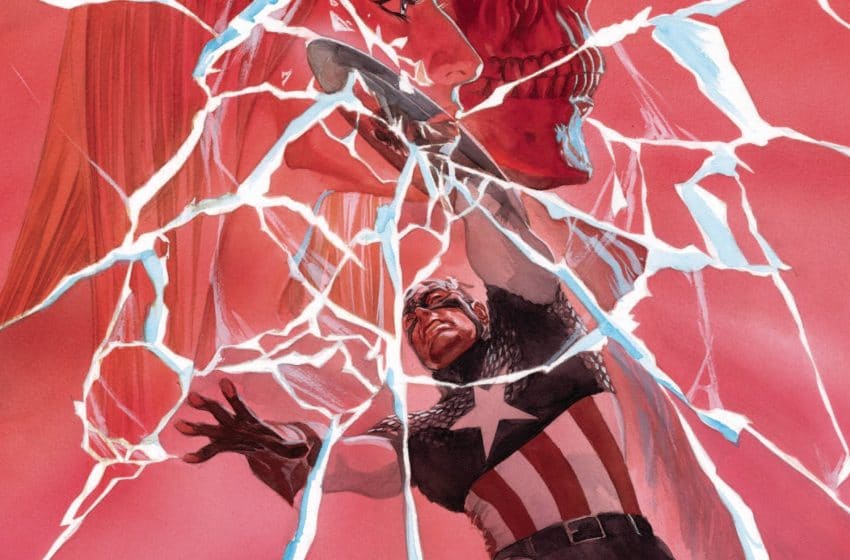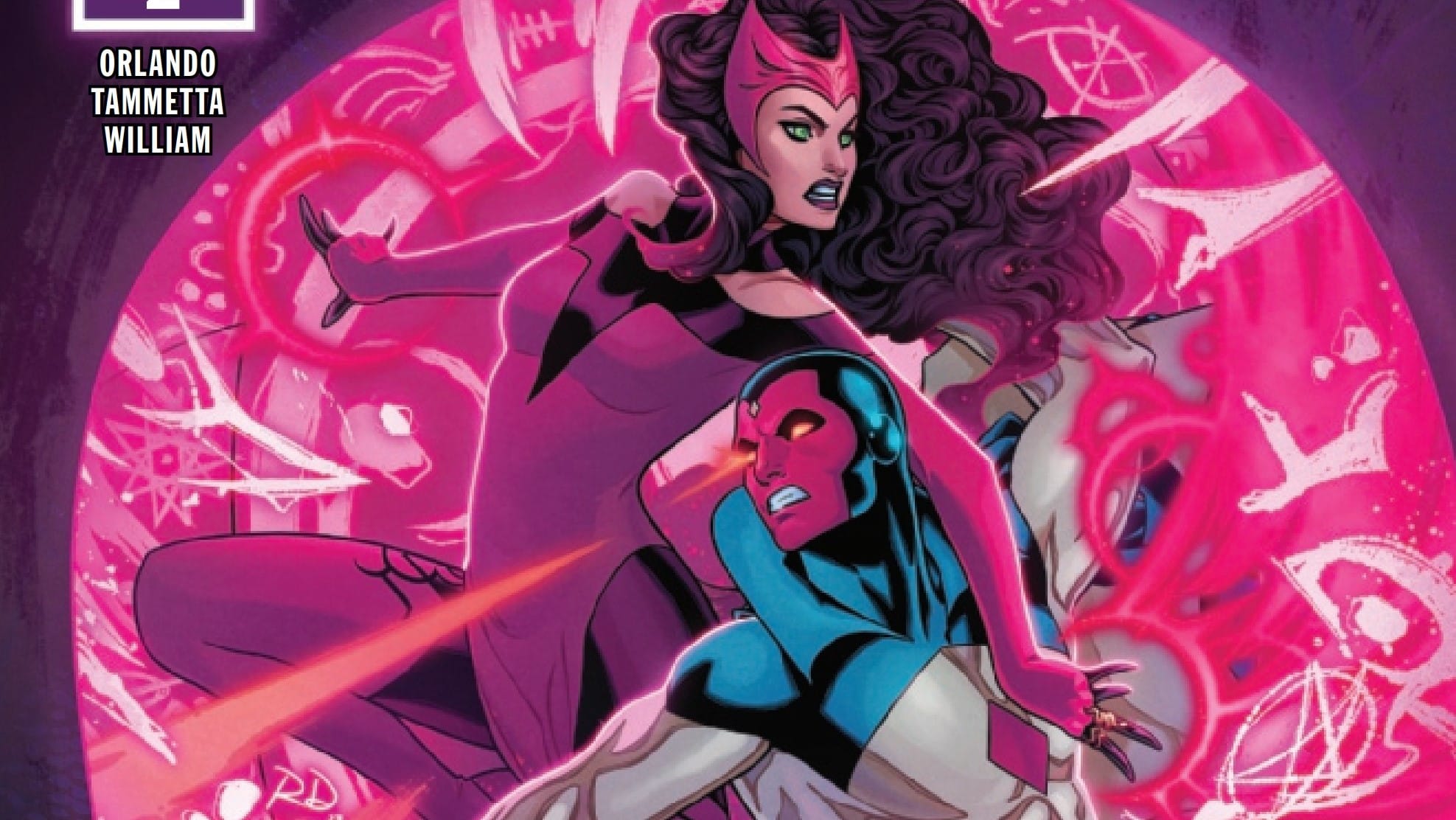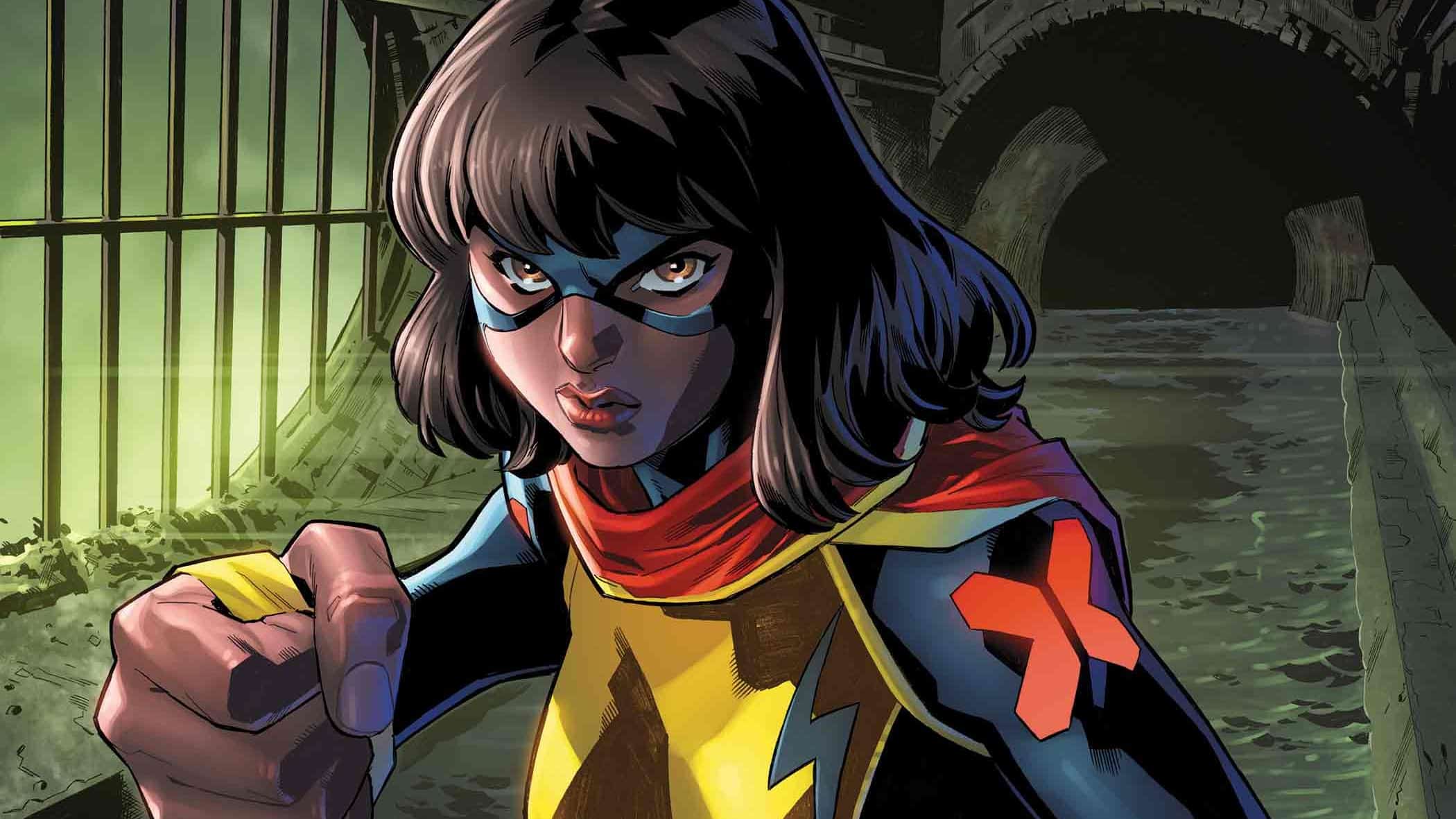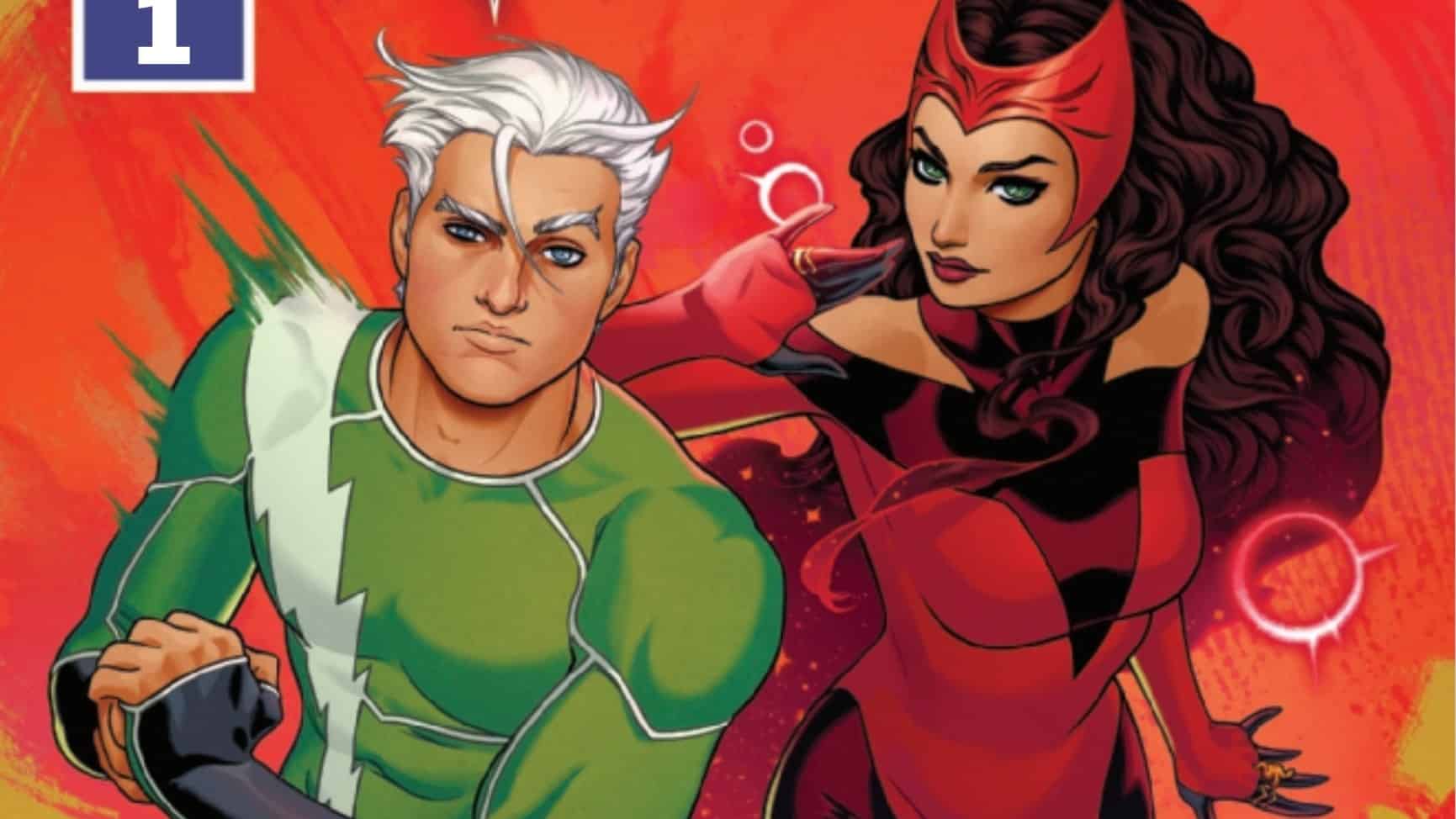Fear reigns and a country is fractured in Captain America #28. The reincarnated Red Skull continues to plan, plot, and execute his plan to kill the idea of Captain America – and Cap and friends can’t seem to stop him. Will headway be made, or will cynicism succeed? Written by Ta-Nehisi Coates, illustrated by Leonard Kirk, with colors by Matt Milla, and lettters by Joe Caramagna.
“To his countrymen, Captain America speaks of dreams. He does not understand it’s not the dream that moves men to the boldest of action. It’s the nightmares.”
This is Captain America #28, the third to last issue of a Coates’ run. The good Captain Steve Rogers is fighting a war, but not simply against his antagonist, the Red Skull; Cap is fighting for an idealized America, filled with unity, fairness, and goodness. Aided by the mavens of the Daughters of Liberty, a secretive group of women heroes, Cap et al fight the good fight, yet remain one step behind Skull and his own group of female consiglieres, including his own daughter Sinthea Schmidt (aka Sin).
Steve knows what he’s against: the chauvinistic, militaristic, idea of manhood that so many, too many despondent and disaffected men – always men – fall victim to. Steve knows the cultivated and weaponized rage he’s against because, but for the grace of God (or at least the super soldier serum), Steve would be engulfed in that same rage.
And unfortunately for Steve (and America), rage is winning.
Steve and his team find themselves trying to stop a literal hate bomb that will exacerbate the hate of those in its wake. Steve valiantly tries and definitively fails, a failure broadcast worldwide by the Skull as proof of Steve’s – and his idea’s – impotence.
Thus we end the issue with Steve’s pride fractured, his country at a breaking point, and the apotheosis of long-repressed hatred encroaching on all that is good.
“Show a man a world that might be, and for that he will give 10 lives. But threaten him with what he might become and, well…this man, he will take a hundred more.”
The art and coloring are effective, if not fantastic. I appreciate Leonard Kirk’s use of shadows and facial expressions, especially eyes; others may overlook these details because his framing of action is a bit basic. That said, action feels more present here than it has in issues past. It may not be a complete joy for all to look at objectively, but I do, subjectivity, enjoy it
Like issues past, the pacing is sometimes clumsy and the dialogue is maybe too wordy. Characters don’t talk to each other so much as give oratory. This is what Coates does, and if you didn’t like it before, if you didn’t like it in Black Panther or the preceding 27 issues, you won’t like it now. The plot is straight forward; the allusions are on the nose. The time for allegories has long since past.
“For dreams men die. For nightmares men kill.” – Red Skull
The trial of Derek Chauvin, the killer of George Floyd, began this week with the defense tipping its strategic hand: gaslighting. Insinuating putting your knee on the neck of a man who was pleading for his life for 8 minutes and 46 seconds is not what killed him. That what you saw was not real. It was only a dream.
We marched this past summer, past a pandemic and past personal trauma to a breaking point. And we broke in the street, hearts on fire and eyes watered, screaming into a void devoid of empathy, trying to convince ourselves the idea of equality, long suffocated by America, will eventually exhale onto the world.
Yet here we are again, breaking again, suffocating again, listening to despondent and disaffected men validate their violent antithesis.
We have two issues left of the comic to see whose idea of America will reign supreme. Two issues to see if the hearts of the disaffected can be redeemed. Maybe art can imitate life. Maybe fiction can predict reality.
Maybe America can be moved by the hope of dreams rather than the fear of nightmares.
I fearfully yet defiantly look forward to finding out.
A proud New Orleanian living in the District of Columbia, Jude Jones is a professional thinker, amateur photographer, burgeoning runner and lover of Black culture, love and life. Magneto and Cyclops (and Killmonger) were right.
Find more of Jude’s writing here.






